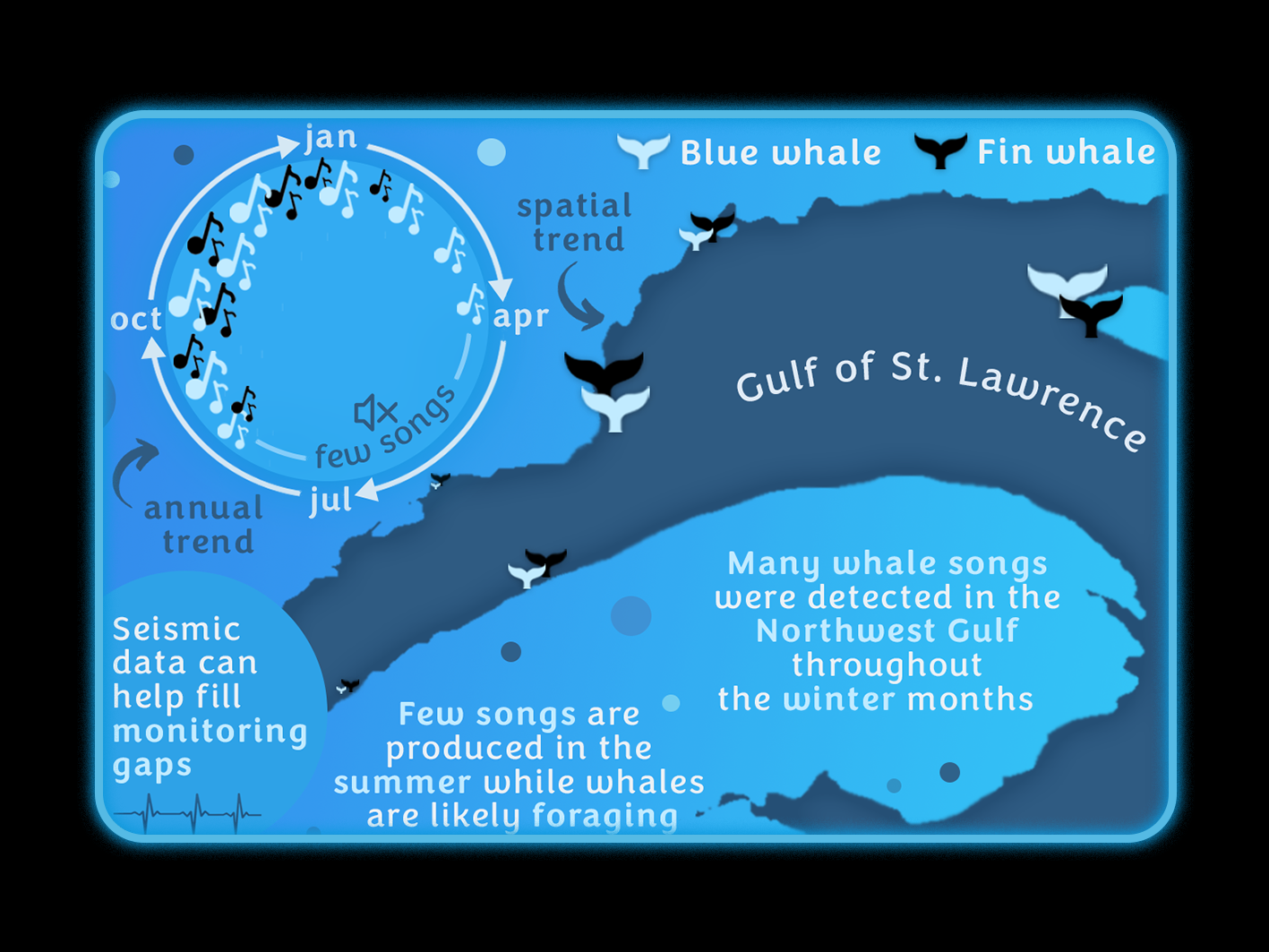The mural Stellar Evolution was completed in fall 2020 and is currently displayed at the Rio Tinto Alcan Planetarium in Montreal.
Despite their unchanging appearance in the night sky, the stars are constantly changing. Also called stellar evolution, a star's life cycle begins in a huge cloud of interstellar gas and dust, a nebula. Depending on their mass, the fate of stars turns out to be very different. Thus, the mural shows the stellar evolution of a low-mass star, to the left of the nebula, and that of a large-mass star, to the right of the nebula. After forming, stars spend the majority of their lives in a state of hydrostatic equilibrium called the main sequence. While a low-mass star lives for tens of billions of years, large-mass stars have a lifespan of just a few hundred million years. The end of a star's life occurs when the balance is upset. A low-mass star turns into a red giant and then into a planetary nebula with a white dwarf at its centre. The large-mass stars transform into red supergiants and end their cycle in a cosmic cataclysm: a supernova. The resulting body is either a neutron star or a black hole.
Interstellar Dust




